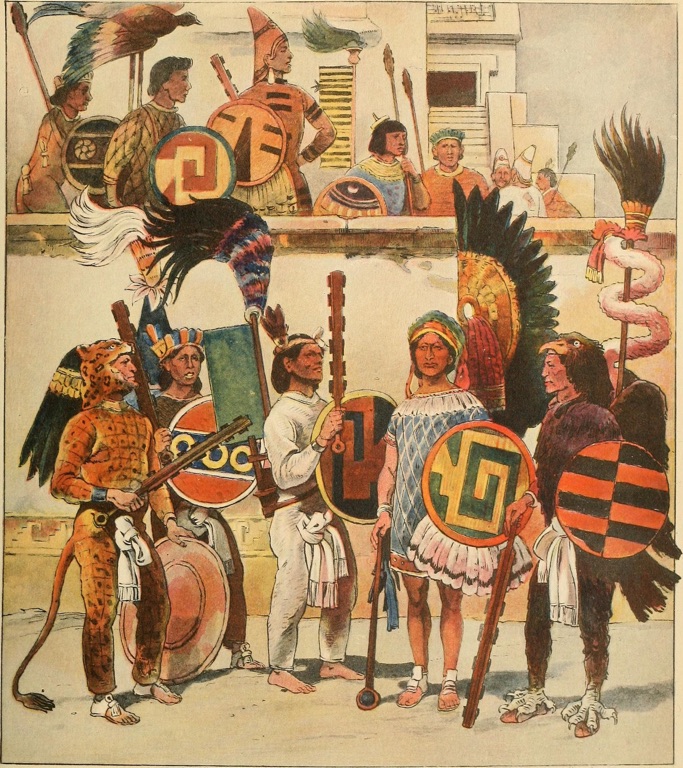Introduction
The Aztecs were a highly inventive and complex society. They crafted a world with detailed social systems, grand cities, and forward-thinking technologies. Beyond their known military achievements, they left a mark on various aspects of life. This article peeks into the Aztec way of life, examining their food, clothing, and social structures.
Get your dose of History via Email
Everyday activities for the Aztecs were full of cultural meaning. They weren’t just fierce warriors; they were farmers, crafters, and merchants who carved out a distinctive lifestyle. We will delve into their daily practices, values, and enduring Aztec innovations that continue to capture our interest.
Aztec Innovations – Culinary Contributions of the Aztecs
Aztec meals were based on staples like corn, beans, squash, and chili peppers. These foods were key to many traditional recipes still enjoyed in Mexican cuisine today. Corn was particularly vital; it was used in tortillas, tamales, and atole—a warm drink made from corn dough.
Vanilla was an essential Aztec spice that has sweetened dishes worldwide. It was central to their cooking and ceremonies. The Aztecs also invented several recipes that remain popular today. For instance, chocolate started as an Aztec spicy drink before turning into the sweet delight we love globally.
Aztec Fashion: Textiles and Attire
Aztec clothing varied with social status but mainly used cotton or ayate from agave plants. Ordinary people wore plain tunics while nobles sported elaborate outfits with feathers and jewels to show their rank.
Clothes in Aztec society signaled one’s position and other roles like gender or religion. The intricate work in textiles highlighted their artistry and cultural identity.
Aztec Innovations – Slavery Among the Aztecs
Slavery in the Aztec world had unique traits compared to other cultures like the Mayans’. Slaves could be war captives or indebted individuals but had some rights by law—unlike slaves in many ancient societies.
When we compare slavery between the Aztecs and Mayans, we see differences in treatment and societal roles. Both used slavery within their systems but had different ways for slaves to earn freedom or become part of household families.
Conclusion
Aztec culture was diverse—it included advanced farming techniques, special food flavors, expressive fashion styles, and intricate social roles such as slavery. Each aspect helped define them as a civilization.
The influence of these Aztec Innovations is clear today as we savor chocolates and vanilla or admire ancient textile patterns that have lasted through time. The legacy of the Aztecs continues to enhance our culture with these lasting gifts.
For further reading and to validate the information presented in this article, the following sources are recommended:

